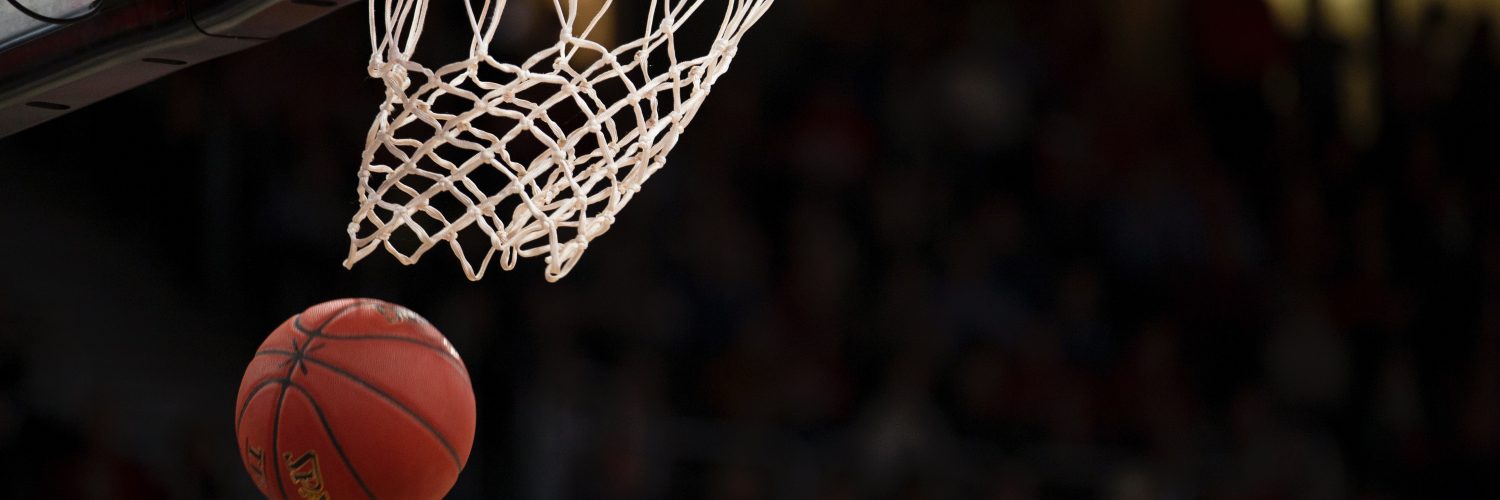USA Basketball and Red Bull recently partnered to create an elite pathway for men’s and women’s players to compete in three-on-three basketball at the Olympic level.
The Red Bull 3X series is hosting qualifying tournaments in more than 20 cities across the United States. The series will identify four men and four women to represent USA Basketball at the 2020 Summer Olympics in Tokyo.
“USA Basketball has a rich tradition of success on the court, and Red Bull has a legacy in progressing sports and engaging fans, so this partnership is a perfect pairing, said Jim Tooley, CEO of USA Basketball. “Both organizations are synonymous with athletes, groundbreaking events, creative projects and content, and USA Basketball is thrilled to collaborate in this unprecedented partnership to take 3×3 basketball to new heights.”
Phoenix hosted a qualifier at Ability 360 Sports and Fitness Center on Sunday, Aug. 25.
“Phoenix is obviously a great sports city,” said Jay Demings, youth and sports director for USA Basketball. “They have not only professional franchises there but a number of great college programs.”
The International Basketball Federation, or FIBA, formalized the sport of three-on-three basketball in 2011, when the federation held its first FIBA 3×3 U-18 World Championships for children under 18 years old. The inaugural FIBA 3×3 World Championships were held the following year.
“They took it, added some different rules to it, and it’s become an international sport,” Demings said. “We started our program around the same time that FIBA formalized it, and there are basically four levels.”
The top-level is international — that’s FIBA — and USA Basketball operates the national championships in the U.S. Below that, there is a qualifying feeders structure in which people compete locally before advancing to the regional and national levels.
“That’s operated by local event operators, folks like Red Bull who came on as a partner this year, and other entities like that,” Demings said. “FIBA runs its programs all year long, typically between April and October. We run our national championship around May every year. The regionals are this month, in September, and the feeder events precede that anytime between April and now. It’s pretty robust.”
Red Bull was already a sponsor for USA Basketball’s national team programs for both men and women. The company seeks out nontraditional sports, activities and endeavors, making them an easy choice, Demings said.
“It was a good match, because we were in our formative years of developing our ecosystem for three-on-three, and they hadn’t really been involved aside from sponsoring a few high-level athletes and a couple of the NBA teams,” Demings said.
“They hadn’t really been involved with the grassroots level of basketball before, so this was a good way for them to get involved organically,” he said. “It’s not just a marketing partnership, but it’s an ecosystem-building partnership of which they’re a big part.”
Three-on-three basketball is less structured than the typical sport, and it moves more quickly. The sport is more like volleyball than five-on-five professional basketball.
Each team has four players — three in play and one substitute — and play the game for 10 minutes or until one team reaches 21 points, whichever comes first. Players score one- and two-point shots rather than two- and three-point shots, and the ball stays in play continuously unless it goes out of bounds or a foul is called on one of the players.
“We like it because it’s dynamic in the sense that it’s faster play,” Demings said. “If, for example, I score the basketball, your team then takes the ball right out from the hoop after it’s scored, and you have to clear it out from there and keep playing.”
There is also no coaching allowed during a three-on-three basketball game; there is no coach on the sidelines or calling out from the stands.
“The players have to figure it out themselves, which is great from an open division standpoint,” Demings said. “It’s also great when it’s being run at the youth level, too, because it allows for player growth and their own development.”
Winners from Phoenix and the other cities where Red Bull has hosted qualifier tournaments will move on to the regional tournaments in Los Angeles, Atlanta, Chicago and New York.
“We tried to spread it out enough so that everybody could get a taste of playing some three-on-three, maybe even be able to play in a couple events in their region and then hopefully qualify for the regionals,” Demings said. “It was based on the folks they (Red Bull) had on the ground, geography and accessibility.”
At this point, the public is generally unfamiliar with three-on-three basketball, but Demings said USA Basketball hopes that will change.
“Everybody’s learning the sport,” he said.
Demings said the FIMA qualification system is complicated, but he hopes people will enjoy the game and get behind it.
“If people get a chance to dive deep into it, they’re going to see that it’s complicated, but it’s a fair system, and we’re just trying to navigate it to get the United States qualified for the Olympics,” he said.
















Add comment